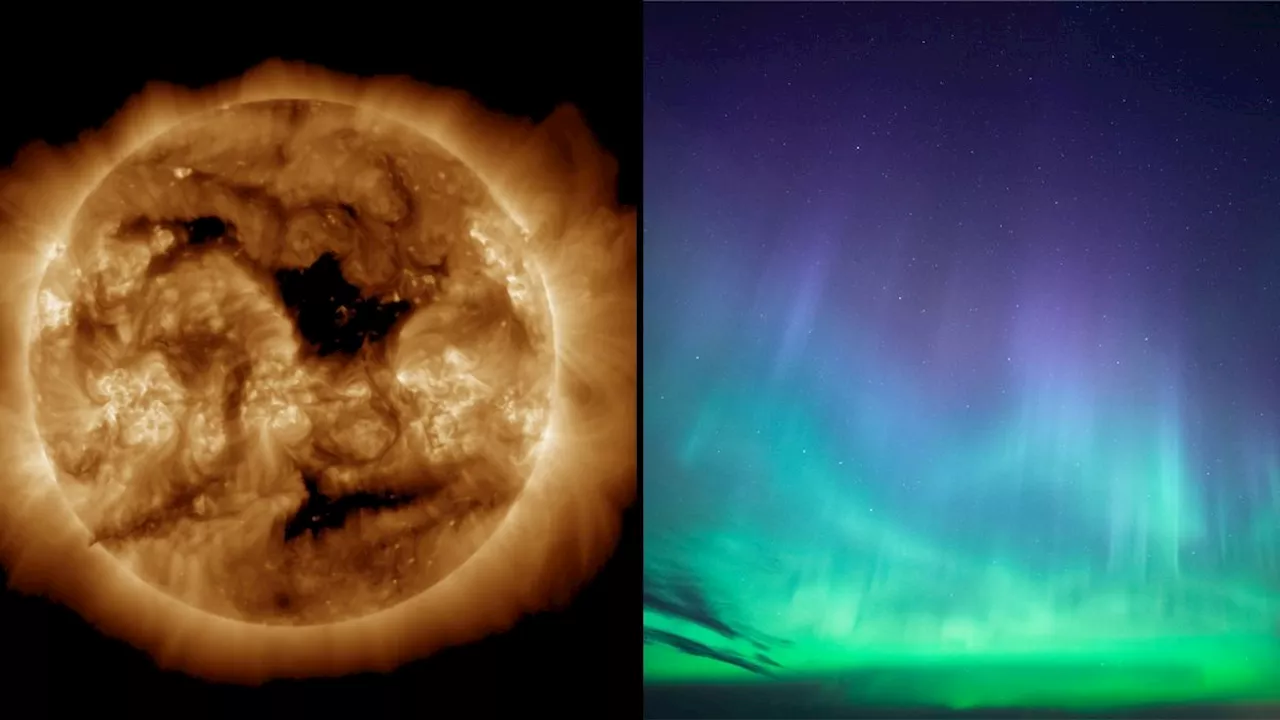Two coronal holes on the sun are sending streams of solar wind toward Earth, prompting a G1 geomagnetic storm watch. While not unusual, geomagnetic storms can cause stunning auroras and disruptions to technology.
A massive coronal hole has formed in the sun's atmosphere, unleashing a powerful stream of solar wind toward Earth. Nearby, a second, slightly smaller coronal hole is also directing solar wind our way.especially at high latitudes this weekend. Recent solar activity has prompted the U.S. National Oceanic and Atmospheric Administration's ( NOAA ) Space Weather Prediction Center to issue a G1 geomagnetic storm watch.
While geomagnetic storm watches of this level are not uncommon, it's not something to ignore. A recent uptick in geomagnetic activity produced stunning northern lights displays that reached deep into. NOAA classifies geomagnetic storms using a G-scale, which ranks their intensity from G1 (minor) to G5 (extreme). The recent geomagnetic storm watch NOAA issued is rated as a G1.. These 'holes' appear dark because they are cooler than the surrounding material. Coronal holes allow solar wind to escape from the sun more readily, resulting in streams of relatively fast solar wind. Solar activity, much like Earth's weather, is unpredictable and difficult to forecast. Even though geomagnetic storm warnings at this level are not uncommon, they can occasionally amount to nothing. To stay updated on space weather and know the best times and places to catch auroras, consider using a space weather app tailored to your location. One app I recommend is'My Aurora Forecast & Alerts,' available on both
CORONAL HOLES SOLAR WIND GEOMAGNETIC STORMS AURORAS NOAA
United States Latest News, United States Headlines
Similar News:You can also read news stories similar to this one that we have collected from other news sources.
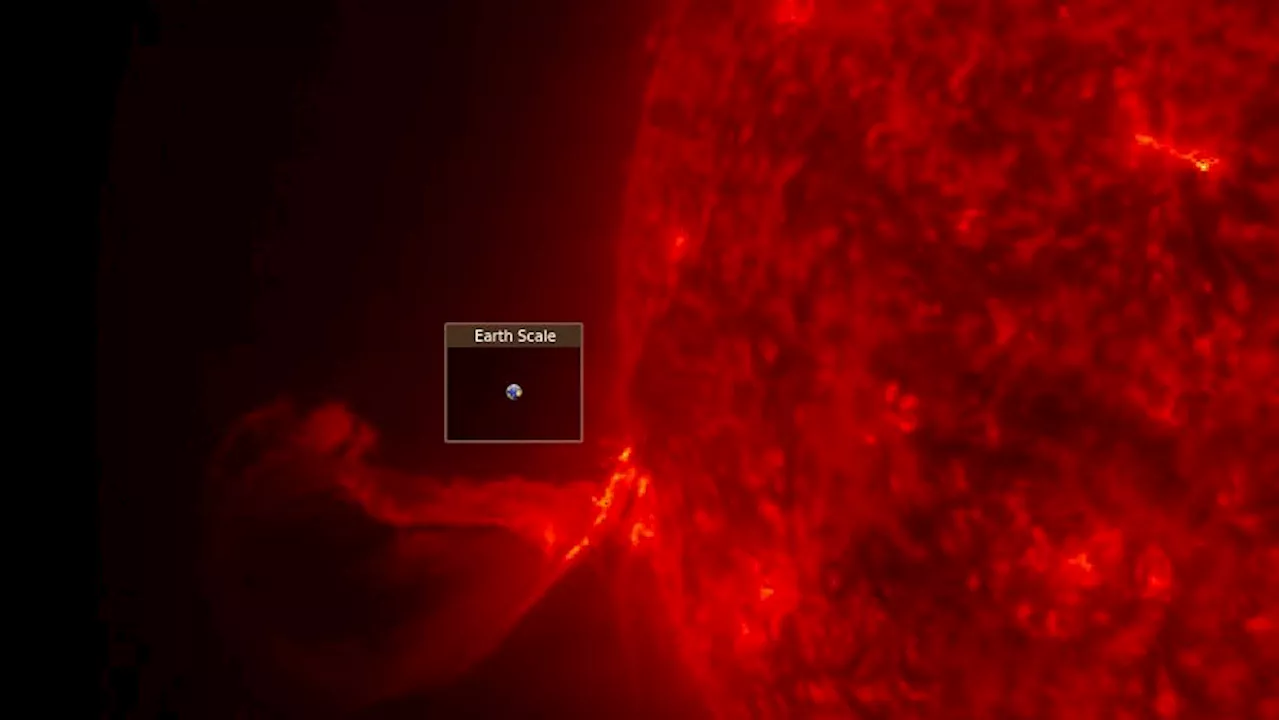 Watch the sun fire out 'extremely rare' coronal mass ejection and two fiery filaments (video)Daisy Dobrijevic joined Space.com in February 2022 having previously worked for our sister publication All About Space magazine as a staff writer. Before joining us, Daisy completed an editorial internship with the BBC Sky at Night Magazine and worked at the National Space Centre in Leicester, U.K.
Watch the sun fire out 'extremely rare' coronal mass ejection and two fiery filaments (video)Daisy Dobrijevic joined Space.com in February 2022 having previously worked for our sister publication All About Space magazine as a staff writer. Before joining us, Daisy completed an editorial internship with the BBC Sky at Night Magazine and worked at the National Space Centre in Leicester, U.K.
Read more »
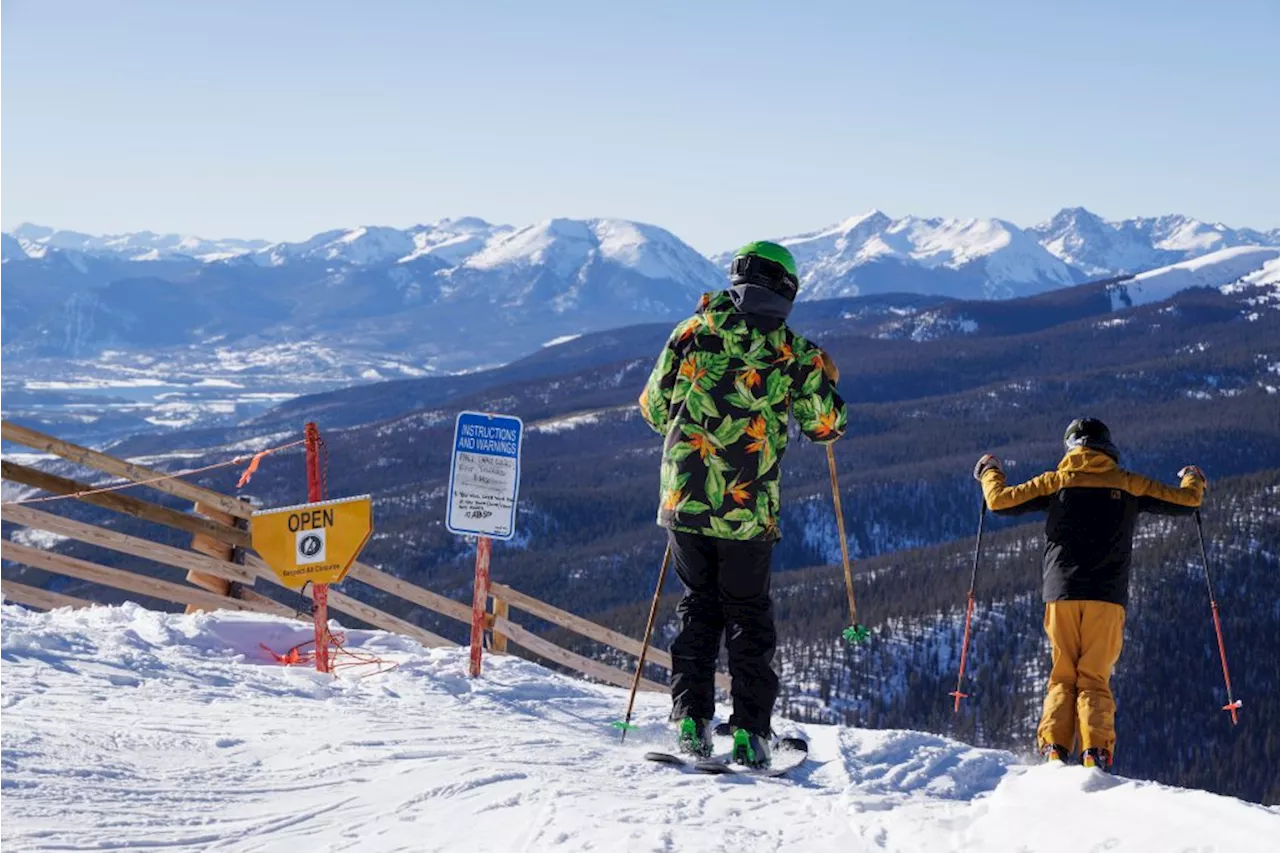 Two signs that ski season is fully underway: Vail’s Back Bowls and A-Basin’s Pallavicini are openThe opening of the Back Bowls — Sun Up and Sun Down — is the earliest since 2018.
Two signs that ski season is fully underway: Vail’s Back Bowls and A-Basin’s Pallavicini are openThe opening of the Back Bowls — Sun Up and Sun Down — is the earliest since 2018.
Read more »
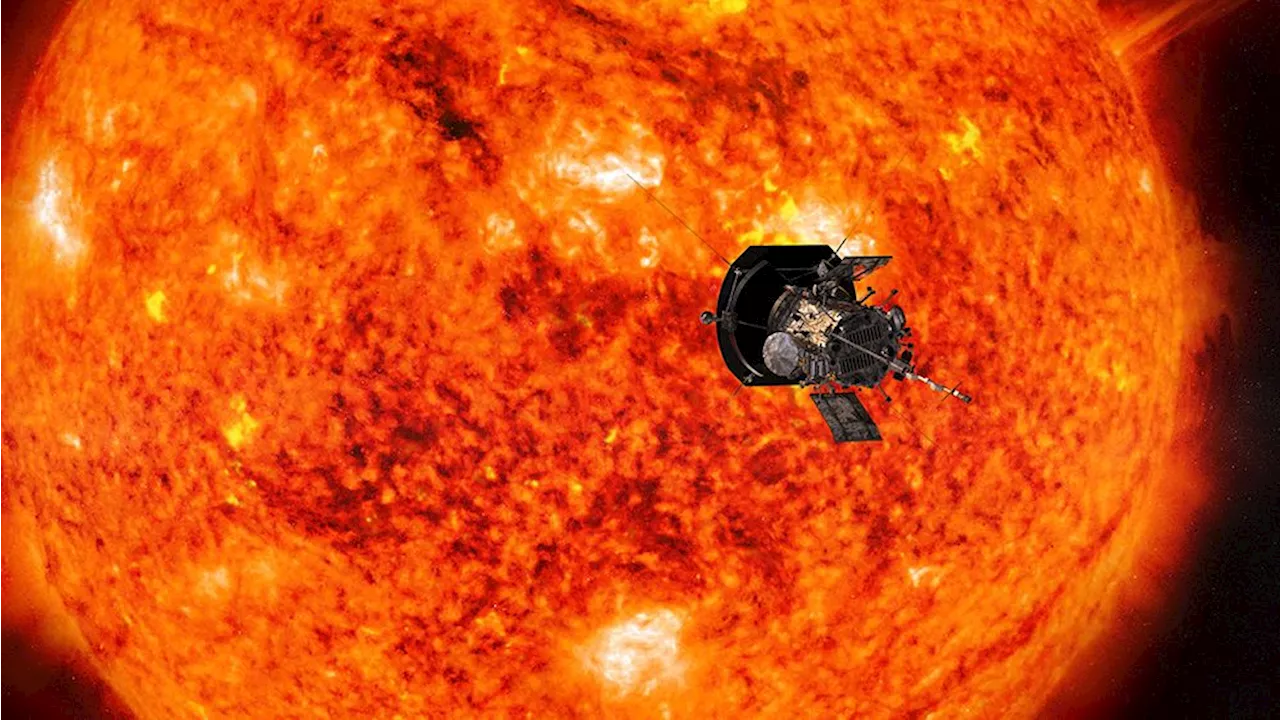 Parker Solar Probe to Get Close-Up Look at Sun During Christmas Eve FlybyNASA's Parker Solar Probe will make its closest approach to the sun yet on Christmas Eve, venturing within 3.8 million miles of the sun's surface. Scientists hope the probe will witness a coronal mass ejection during this flyby, allowing it to collect valuable data about the sun's charged particles and space weather.
Parker Solar Probe to Get Close-Up Look at Sun During Christmas Eve FlybyNASA's Parker Solar Probe will make its closest approach to the sun yet on Christmas Eve, venturing within 3.8 million miles of the sun's surface. Scientists hope the probe will witness a coronal mass ejection during this flyby, allowing it to collect valuable data about the sun's charged particles and space weather.
Read more »
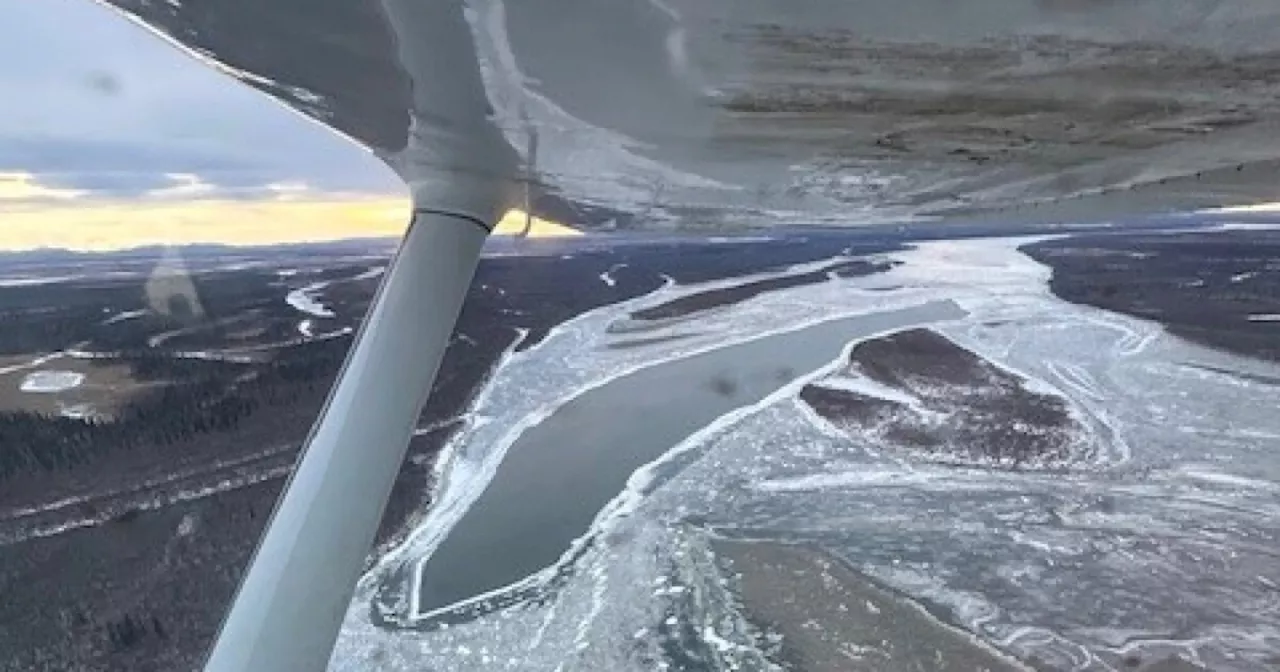 Kuskokwim River Conditions Improve, but Open Holes RemainThe Kuskokwim River is showing signs of improvement after a recent warm spell, but open holes and high tides continue to pose challenges for travel.
Kuskokwim River Conditions Improve, but Open Holes RemainThe Kuskokwim River is showing signs of improvement after a recent warm spell, but open holes and high tides continue to pose challenges for travel.
Read more »
Element 29 Completes Deep Drill Holes at Elida Porphyry DepositElement 29 Resources reports successful completion of two deep drill holes at its Elida Porphyry Cu-Mo-Ag deposit in Central Peru, intersecting strong porphyry-related alteration. Assay results are expected soon, with Phase-III drilling planned to resume in early 2025.
Read more »
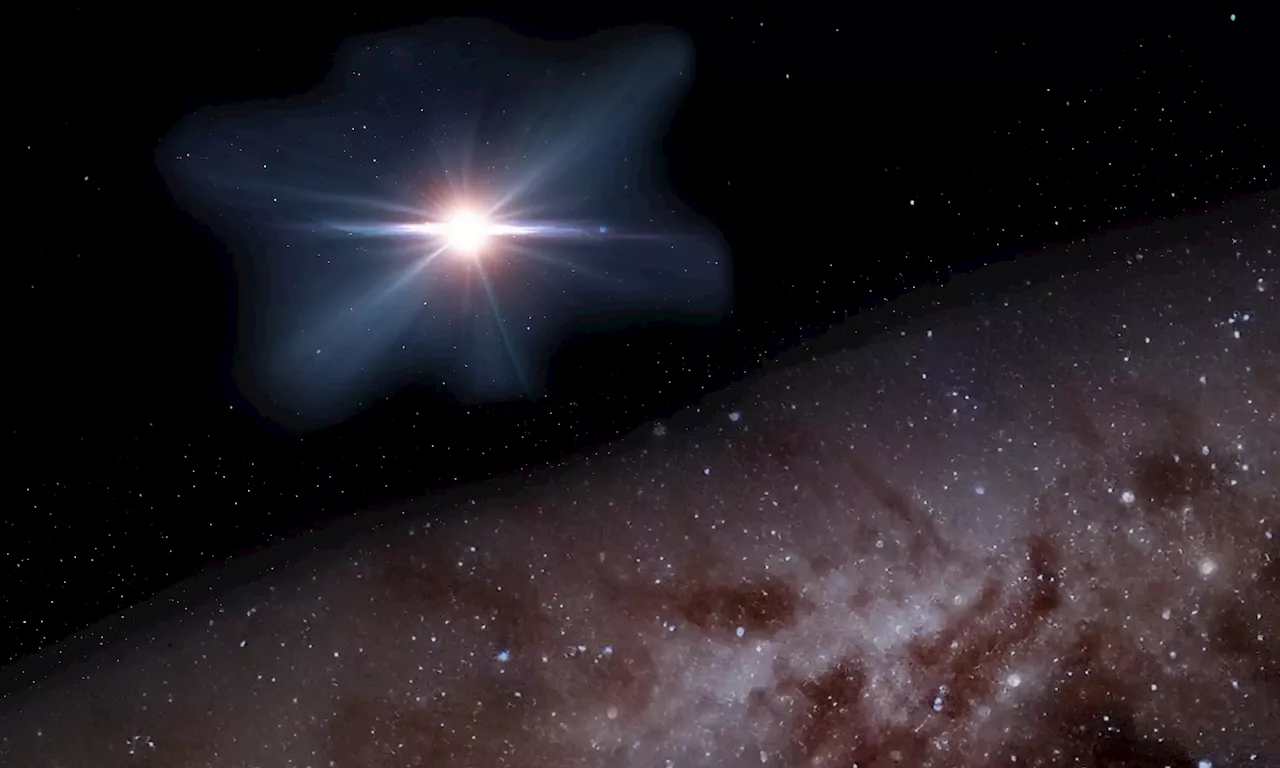 How Supermassive Black Holes Grow So QuicklyWebb telescope observations reveal that even young galaxies house massive black holes, raising questions about their rapid growth. The answer might lie in powerful jets emitted by these black holes, which can accelerate matter towards them, enabling faster mass accumulation.
How Supermassive Black Holes Grow So QuicklyWebb telescope observations reveal that even young galaxies house massive black holes, raising questions about their rapid growth. The answer might lie in powerful jets emitted by these black holes, which can accelerate matter towards them, enabling faster mass accumulation.
Read more »
